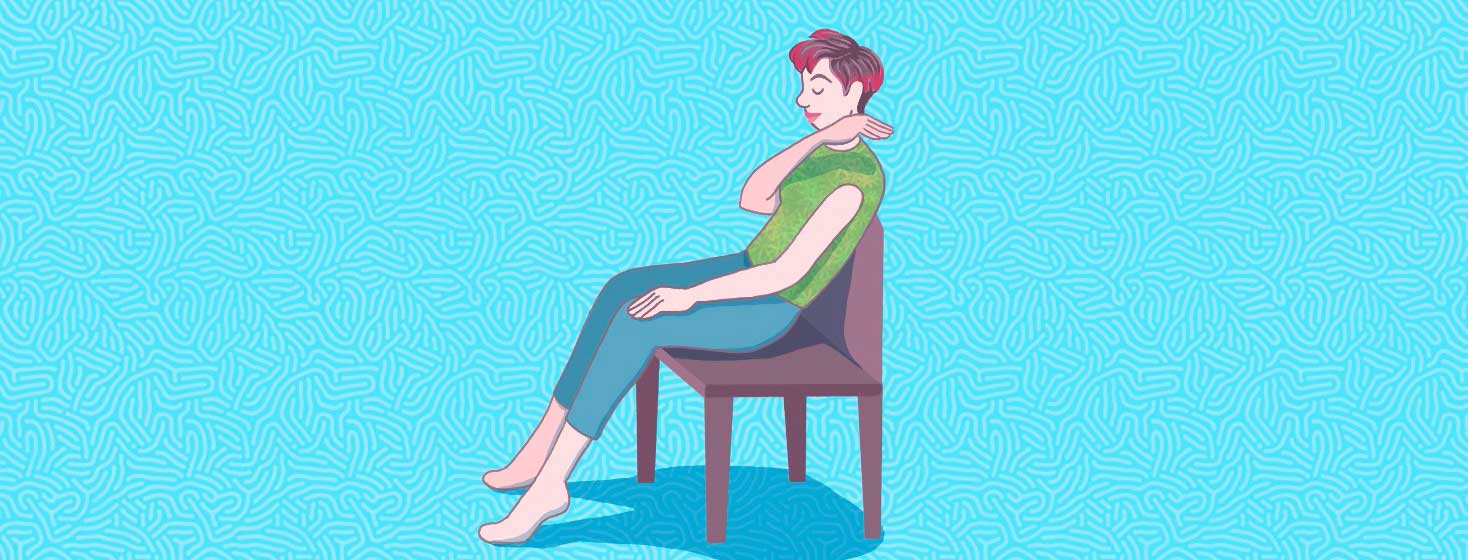Postural Drainage and Percussion
Postural drainage and percussion (PD&P) are often used together to help clear the lungs and airway in cystic fibrosis (CF).1
Postural drainage uses gravity to drain thick, sticky mucus. It moves the mucus from the small airways of the lungs to the large airways where it can be coughed up and spit out. This is done by placing the body in different positions. Each position drains a different area (segment or lobe) of the lung.1-3
Chest percussion uses clapping of the chest using a cupped hand. This vibrates the airways of the lungs. The vibration on the chest helps to move and break apart the mucus inside the lungs. Chest percussion may be performed using a device called a mechanical percussor.1-3
Postural drainage and percussion (PD&P) uses both gravity and percussion to loosen thick, sticky mucus from the airways. Once loose, the mucus can be removed by coughing. Unclogging the airways and lungs is important to decrease the chance of lung infection.1-3
Why do we do PD&P?
For those with cystic fibrosis, postural drainage and percussion is done to help keep the airways as clean as possible. This makes breathing easier. PD&P might decrease the risk of lung infection by helping to keep the lungs clear of thick mucus.1-3
Both postural drainage and percussion are considered chest physical therapy (or chest physiotherapy, CPT). Additional CPT techniques include:2,3
- Vibration, a technique that gently shakes the mucus. This moves the mucus in the airway in order to spit it out. Instead of using a cupped hand technique, a flat hand is used. Once the hand is flat on the chest, the caregiver squeezes the muscles of the arm and shoulder. This causes a fine vibration motion.
- Deep breathing helps to expand the lungs and may cause coughing. This is helpful when trying to remove mucus from the lungs.
- Coughing is an important part of keeping the airway clear. Coughing happens with a forced release of air. If you are able to, sitting in an upright position might help.
- Huffing, or huff coughing, is vigorous coughing. This is done at the end of PD&P to get more mucus out of the lungs.
Tips, tricks, and resources
Postural drainage and percussion is easy to do and can be done by anyone, including parents, siblings, and friends. These tips, tricks, and resources may help.2
Before starting
Mucus should be as thin as possible for PD&P to work best. This helps to cough and clear mucus out of the airway. To help thin mucus, be sure to drink enough fluids.2
If you use a bronchodilator, PD&P should be done after the bronchodilator has started to work. Talk to your doctor about when is best for you, as this may be different for everyone.2
Equipment
Various equipment is available for PD&P, including mechanical percussors and drainage tables. Talk to your doctor about your needs. A medical supply company can supply this equipment. Your insurance company may cover these supplies.2
Comfort tips
Do postural drainage only on an empty stomach. It may be best to do postural drainage upon waking (before breakfast) and in the evening before going to bed.2
Older children and adults can perform PD&P on themselves. However, younger children and dependent adults will need help. It may be helpful to use a picture as a guide to help remind you what positions are best for drainage of each lung segment.2
What postural drainage and percussion tips do you have for others with cystic fibrosis? Share in the comments below!

Join the conversation